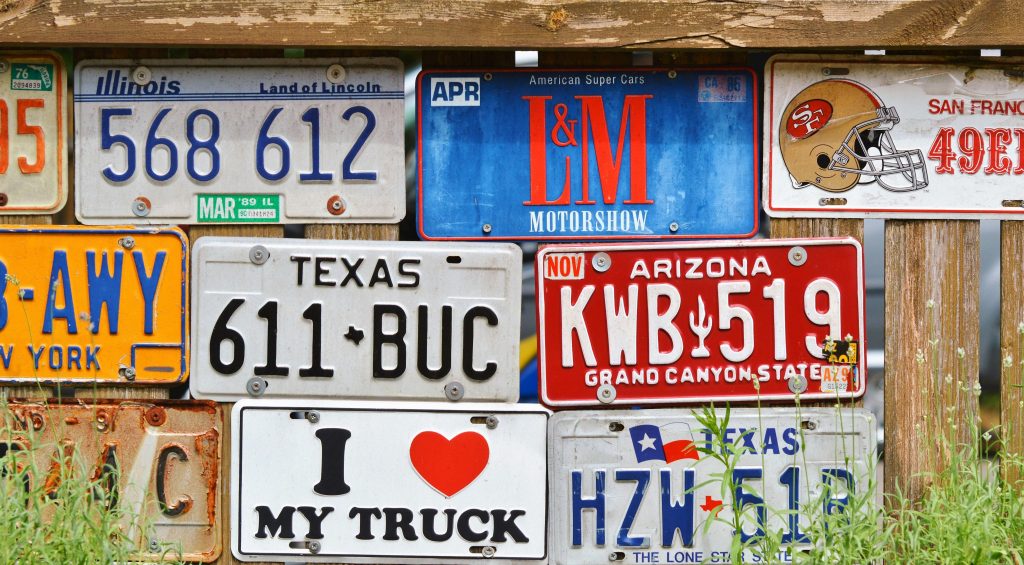Troubleshooting Your Ultra Touch HDD: Understanding Beeping Noises and Data Recovery Options
In our increasingly digital age, external hard drives have become indispensable tools for managing data. Among these, the Ultra Touch HDD has gained popularity due to its user-friendly design and significant storage capacity. However, like any electronic device, it is not immune to issues. One of the most concerning problems users may face is when their hard drive starts making odd beeping noises and becomes inaccessible.
This blog post will delve into the likely causes of such issues and guide you on potential solutions, including when to consider professional Data Recovery services.
Understanding the Problem: When an External Hard Drive Fails
In late November of 2023, a user raised concerns about their Ultra Touch HDD’s sudden failure, marked by an inability to access files and an unusual beeping noise. Situations like this can be alarming, especially if there are critical files stored on the drive. Understanding the symptoms and potential causes is crucial for determining the appropriate action.
Signs of Hard Drive Failure
Usually, a hard drive will give clues that something is wrong before it fails completely. The signs might include:
-
Unusual Noises: Clicking, grinding, or beeping noises can indicate mechanical failure, which may suggest that parts of the hard drive are malfunctioning.
-
Inaccessibility of Data: If your computer recognizes the hard drive, but it displays no file path or fails to access files, this could indicate a logical failure, corruption, or physical impairment.
-
Difficulty in Ejecting: If a drive is not properly recognized by the operating system, or there are issues regarding its ejection, this might point toward a deeper problem with the drive’s firmware or hardware.
The Beeping Noise: What Does It Mean?
One of the most alarming signs is the beeping sound coming from the HDD. Here are some common interpretations of such noises:
-
Mechanical Failure: A beeping sound can sometimes indicate that the hard drive’s read/write heads are stuck or malfunctioning, leading to what is known as the “click of death.”
-
Power Supply Issues: If the hard drive isn’t getting enough power, it may emit beeping noises in an attempt to function effectively.
-
Firmware Errors: Corrupt firmware can sometimes cause unusual sounds as the drive struggles to boot up or read files.
Causes of Hard Drive Malfunctions
Identifying the issue is critical for determining whether it can be fixed at home or if professional intervention is required. The causes of hard drive malfunctions include:
-
Mechanical Damage: Hard drives have delicate components such as read/write heads and platters. If dropped or exposed to shock, these parts may become damaged.
-
Electrical Issues: Sudden power surges or failures could negatively affect the internal circuitry of an HDD, leading to data inaccessibility.
-
File System Corruption: Various external factors—like improper ejection of the drive, malware, or unexpected shutdowns—can corrupt the file system, preventing data access.
-
Old or Failing Drives: Like all electronics, hard drives have a lifespan. Over time, components can wear out and fail.
Steps to Troubleshoot Your Ultra Touch HDD
When confronted with the issue of an inaccessible hard drive accompanied by a beeping noise, here’s a step-by-step troubleshooting guide that you can follow:
Step 1: Inspect the Physical Condition
-
Check Connections: Ensure that the cable connecting the hard drive to your computer is secure. Sometimes, a loose connection can lead to power issues and data inaccessibility.
-
Switch Ports: If possible, try connecting the HDD to a different USB port or even a different computer. This can help isolate whether the problem lies with the hard drive itself or the original computer.
-
Examine for Damage: Look for visible signs of damage on the drive. Cracks, dents, or signs of wear can indicate physical failure.
Step 2: Listen to the Sounds
Take note of the type and frequency of beeping sounds. Are they consistent or intermittent? Distinguishing these patterns can provide insights into the underlying issue.
- Short and Repeated Beeping: This may suggest a power issue.
- Long, Sustained Beeping: This often indicates a mechanical fault.
Step 3: Attempt a Power Cycle
Power cycling the drive can sometimes resolve temporary glitches.
- Safely disconnect the HDD from your computer.
- Wait for a few minutes.
- Reconnect it and observe if it behaves differently.
Step 4: Use Disk Management Tools
If the drive is recognized but files are inaccessible:
-
Disk Management (Windows): Right-click on ‘This PC’ → Manage → Disk Management. Here, check if the drive shows up. You may need to assign a new drive letter or reactivate partitions.
-
Disk Utility (Mac): Go to Applications → Utilities → Disk Utility and see if the drive appears there. You can also attempt to repair the disk.
Step 5: File Recovery Software
If the drive is still not accessible, you could consider using third-party file recovery Software. Some popular options include:
- Recuva: A user-friendly application that can help recover lost files from a malfunctioning HDD.
- EaseUS Data Recovery Wizard: This tool provides advanced capabilities for recovering files from damaged disks.
Before employing these tools, ensure you are operating in read-only mode to avoid further damage to the drive.
When to Seek Professional Help
If your troubleshooting efforts yield no results, it may be time to consider sending the HDD to a professional data recovery service. Here are situations where professional intervention may be warranted:
Signs You Need Professional Recovery
-
Continued Beeping or Clicking: If the beeping or clicking persists after several troubleshooting attempts, this indicates significant mechanical failure.
-
Understandably Important Data: If you have critical information stored on the HDD, investing in professional recovery is often worth it.
-
Your Computer Does Not Recognize the Drive: If the HDD is not recognized by any device, it’s wise to consult with professionals who have specialized tools and techniques.
Cost of Professional Data Recovery
The cost of professional data recovery services can range anywhere from $100 to over $1000, depending on the severity of the damage, the data recovery solution needed, and the type of service provider you choose. Understanding these costs upfront helps you make informed decisions.
Preventive Measures for Future Data Safety
Regardless of whether you recover your data, it’s essential to adopt preventive measures to protect against future data loss:
-
Regular Backups: Employ a schedule for regularly backing up your data either to other external drives or to cloud storage solutions.
-
Use Surge Protectors: Protect your devices from power surges and failures by using surge protectors.
-
Handle with Care: Always handle external hard drives with care to prevent mechanical damage.
Conclusion
Experiencing issues with your Ultra Touch HDD, particularly when accompanied by odd beeping noises, can be daunting. Understanding the potential causes and following a systematic approach to troubleshooting can often resolve the problem. However, knowing when to seek professional help is crucial to safeguard your data. With the right preventative measures in place, you can better protect your information and minimize the risk of future hard drive failures.
Taking these steps helps ensure that your valuable data remains accessible and safe for years to come.
Share this content:



